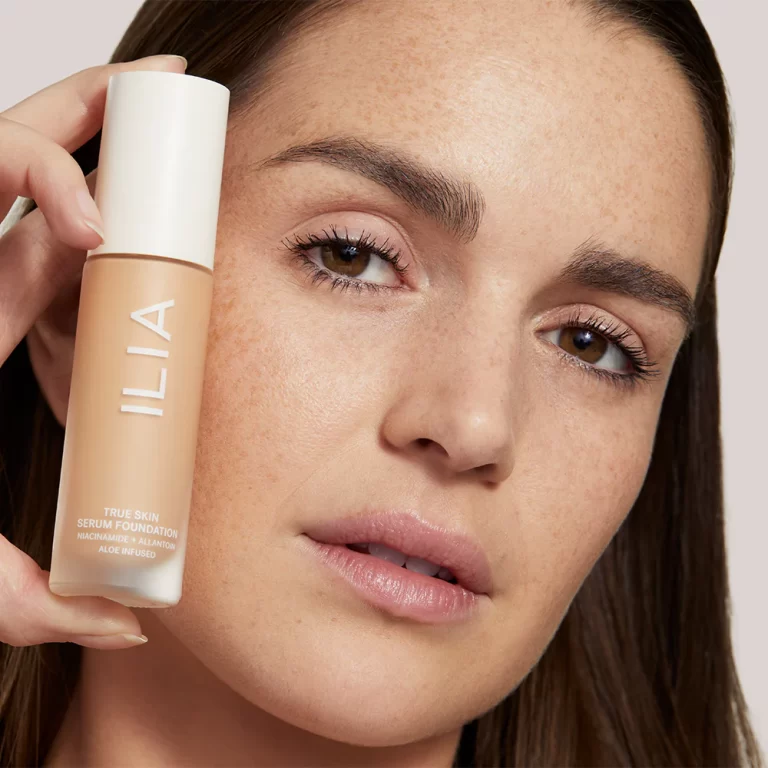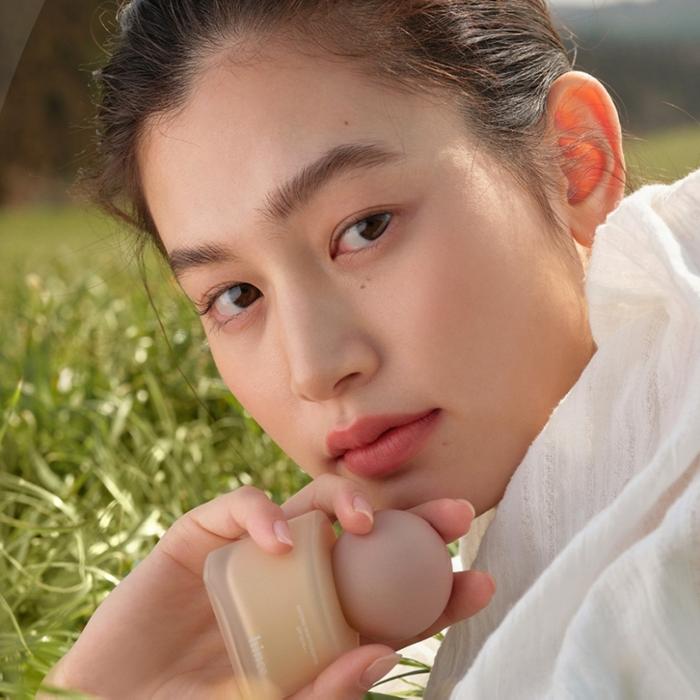
Perfect Foundation Color Matching Guide
Understanding Skin Undertones
Understanding your skin’s undertones is a key step in choosing the perfect foundation color. How to choose foundation color?Undertones are the subtle hues beneath your skin’s surface that influence its overall tone.
Cool, Warm, and Neutral Undertones Explained
Everyone’s skin has undertones that fall into one of three categories: cool, warm, or neutral. Cool undertones show hints of blue or pink, while warm undertones show yellow or golden. Neutral undertones are a mix of cool and warm hues. Recognizing these undertones will guide you in selecting the right foundation shade.
The Vein Test for Determining Your Undertone
A simple way to determine your undertone is the vein test. Look at the veins inside your arm. Blue or purple veins suggest cool undertones, while green veins mean warm undertones. If it’s hard to tell, you likely have neutral undertones.
The Paper Test to Identify Skin Undertones
Another method is the paper test. Place a white piece of paper next to your face. If your skin looks pink or blue, your undertone is cool. If it looks yellow, you’re warm.

Selecting the Right Foundation Shade
Choosing the right foundation shade is crucial for a natural, seamless look. Your skin’s undertone greatly influences which shade will look best on you. How to choose foundation color? Here’s how you can match foundation to your skin tone and undertones:
Matching Foundation to Your Skin Tone and Undertone
To select an ideal foundation color, pair your skin tone with your undertone. If you have warm undertones, seek foundations with golden or yellow hues. People with cool undertones should look for shades with pink or blue notes. For neutral undertones, aim for a balance between warm and cool shades. Labels often mark foundations with ‘W’ for warm, ‘C’ for cool, and ‘N’ for neutral, simplifying your search. Remember, the right shade harmonizes with both your skin’s surface color and its undertones.
Testing Foundation Shades on the Jawline
The jawline is the best spot to test foundation shades. Swipe a little foundation along your jaw to see how it blends with both face and neck. If you find your face has varying shades, consider using more than one foundation color. To maintain facial brightness, use a concealer or foundation two shades lighter at the center of your face.
Adjusting Foundation for Different Skin Shades
Sometimes, our face and neck have different colors. In such cases, blending multiple foundation shades can achieve a uniform skin tone. Darker spots might require a slightly deeper shade, whereas lighter areas can be matched with a closer shade to your usual color. This technique prevents the unnatural look of a single, mismatched foundation color.
Tips for Testing Foundation
Finding the perfect foundation involves careful testing. How to choose foundation color? It’s not just about matching skin tone, but also how the foundation looks under different lights and during various seasons.
Importance of Testing in Various Lightings
Lighting can change how your foundation looks. Try it on and then check the color in both indoor and outdoor lighting. Make sure it looks natural in all settings. This step is key for a foundation that blends well all day.
Seasonal Considerations for Foundation Color
Your skin color can change with the seasons. It might get lighter in the winter and darker in the summer. Because of this, you might need different foundation shades for different times of the year. Always test the foundation color as the seasons change to make sure you still have the right match.
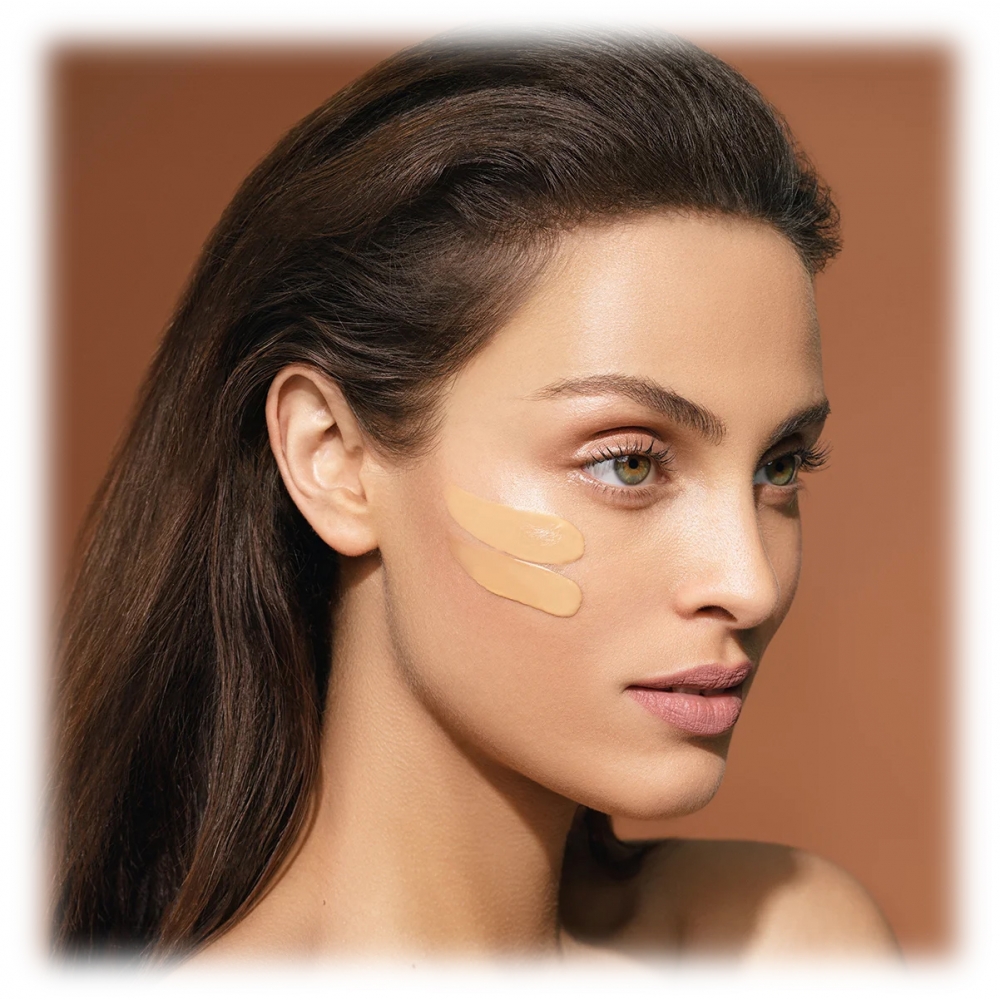
Virtual Foundation Selection
Discovering the perfect foundation match no longer requires a trip to the store. Advances in technology mean you can now find the ideal shade from the comfort of your home.
Utilizing Virtual Try-On Tools for Finding Your Match
Many makeup brands now offer virtual try-on tools on their websites. These innovative features allow you to upload a photo of yourself and ‘try on’ various foundation shades. This method makes it easier to see which color best fits your skin tone without the guesswork.
Virtual try-on tools often use real-time camera technology. You can see how different shades look on your skin in any light condition. This tech helps to prevent the common issue of purchasing the wrong shade. It can save time and reduce waste.
Online Shopping Advantages for Foundation Shopping
Shopping online for foundation has multiple benefits:
- Wide Selection: Online stores often have a broader range of shades than physical stores.
- Convenient: Shop anytime, anywhere, without the need to visit a store.
- Reviews and Ratings: Read what others say about the product to guide your choice.
- Easy Comparison: Compare prices and shades from different brands in a few clicks.
Buying foundation online can simplify finding your perfect color match. With virtual try-on tools and a wealth of information at your fingertips, achieving a flawless foundation match has never been more accessible.
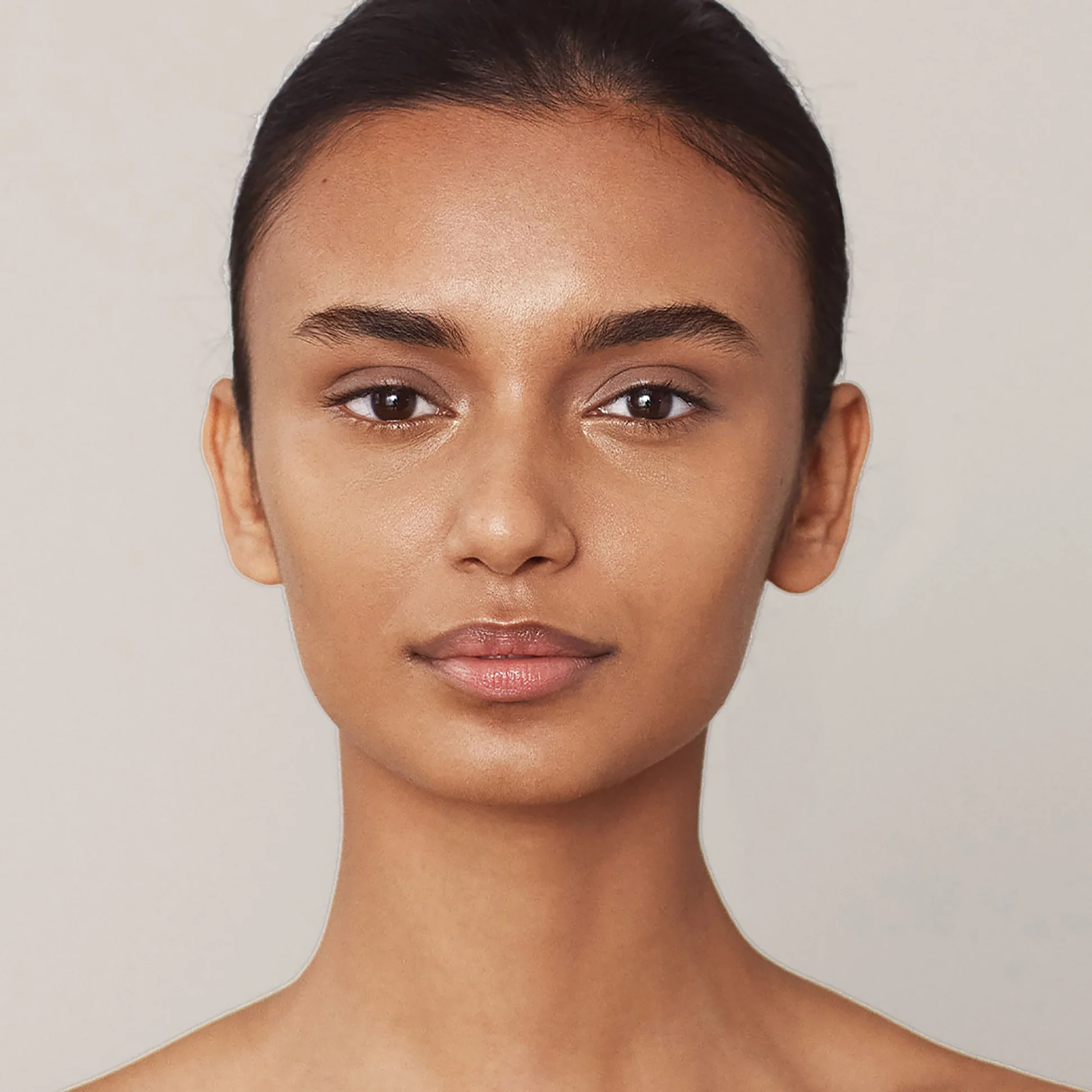
Choosing Foundation Opacity and Weight
When selecting a foundation, the coverage and weight are significant factors to consider. These attributes affect the foundation’s look and feel on your skin and can influence the final outcome of your makeup. Here’s how to navigate the options and find the best one for you.
Deciding Between Full, Medium, or Light Coverage
Choosing the right opacity starts with understanding your skin’s needs. Full coverage is ideal for hiding blemishes or uneven skin tone. It gives a smooth, uniform look. Medium coverage offers a balance. It covers flaws but still allows your natural skin to show. Light coverage is great for a more natural look. It lightly evens out your skin tone without masking it. Think about your daily activities and select a coverage level that fits your lifestyle.
Liquid vs. Powder Foundations: Which is Best for You?
Both liquid and powder foundations have their advantages. Liquid foundations are popular for their versatility. They work well for dry, combination, or oily skin types. Liquid can provide any level of coverage from light to full. Powder foundations are great for oily or acne-prone skin. They help control shine and are easy to apply for a quick, natural look. Considering your skin type and desired finish will help you choose between liquid and powder formulas.
Best Practices for a Natural Look
Achieving a natural look with foundation hinges on selecting the right shade and applying it skillfully.
When to Choose a Lighter Foundation Shade
Opt for a lighter foundation if in doubt. It is easier to warm up with bronzers than to lighten a dark foundation. The goal is to avoid an unnatural contrast between your face and your body.
Blending Foundation with Contour and Bronzer Techniques
After applying foundation, use contour and bronzer to enhance features. Blend carefully to achieve a seamless transition of colors. This helps maintain a natural appearance while defining your facial structure.
Recommended Foundations for Every Skin Tone
How to choose foundation color? Choosing the right foundation can be tough, with so many options out there. Having tested different shades and formulas, here are some recommendations that cater to various skin tones and needs.
Drugstore Picks: L’Oréal Paris True Match Super-Blendable Foundation
If you’re on a budget but don’t want to compromise on quality, True Match could be your go-to. It’s a favorite for its vast shade range and blendable formula. With 47 choices that consider undertone – warm, cool, or neutral – it’s built to mimic natural skin. It includes skincare goodies like vitamin B5 and E, and is oil and fragrance-free, which means it’s kind to your pores too.
Options for Long-Wearing Coverage: L’Oréal Paris Infallible Line
For those long days when you need your makeup to last, the Infallible line stands up to the task. The 24 Hour Fresh Wear Foundation is especially notable – it’s lightweight but provides ample coverage and resists sweat, water, and transfer. It comes in 30 shades, catering to a range of skin tones. The line also includes a powder version, perfect for a quick, natural finish.
Specialized Foundations: L’Oréal Paris Age Perfect Makeup Radiant Serum Foundation with SPF 50
Mature skin has unique needs, and this foundation meets them head-on. It offers additional coverage and serum benefits, including SPF 50 and a hydrating formula. It aims for a radiant, even finish that doesn’t settle into lines, making it ideal for those looking to enhance and protect aging skin.
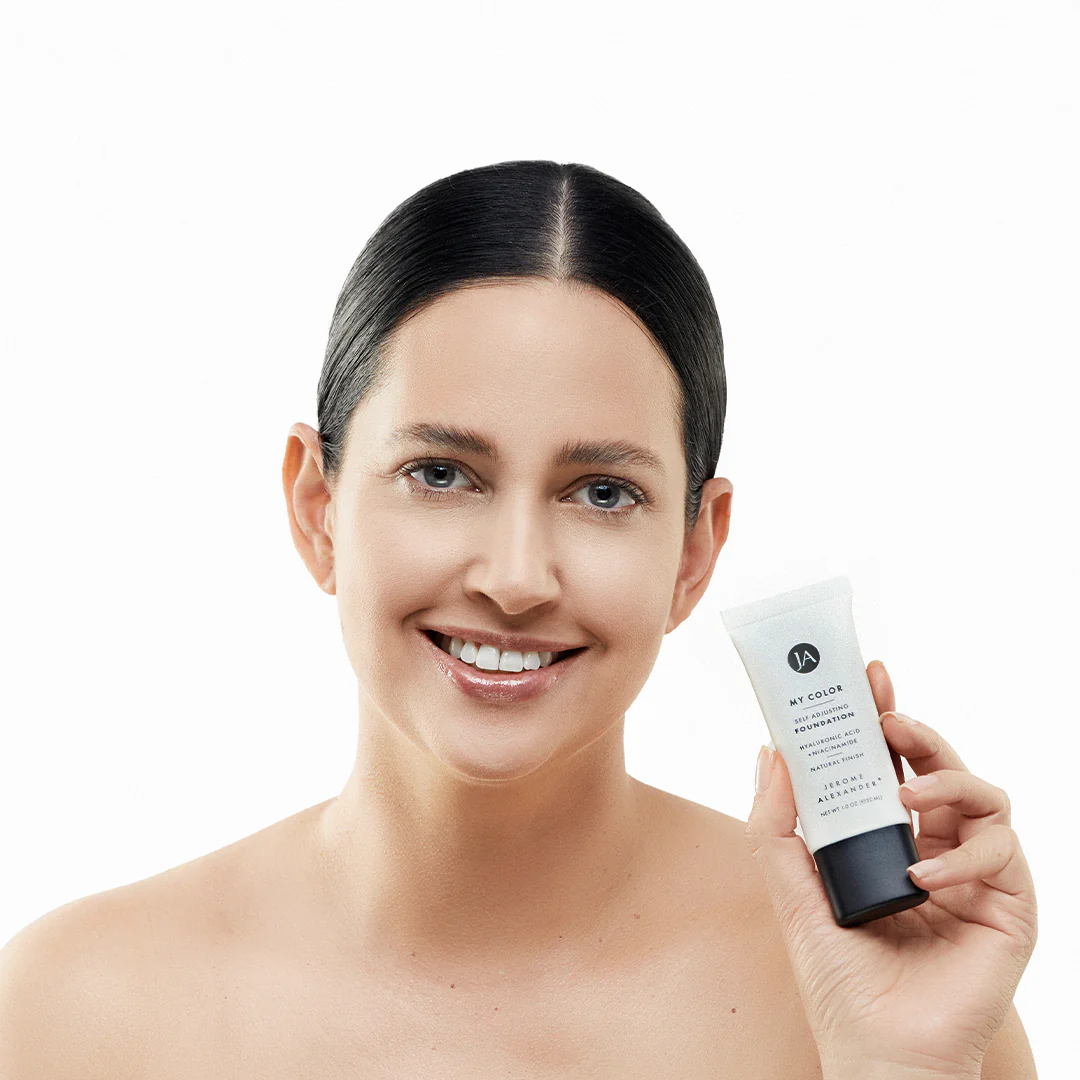
Conclusion: Choosing the Perfect Foundation Color
Selecting the right foundation color is essential for achieving a flawless makeup look. How to choose foundation color? While the process may seem daunting, following systematic steps can simplify it significantly.
Recognizing undertones is the first crucial step. Determining whether your skin has warm, cool, or neutral tones can guide you in selecting a complementary shade. Warm undertones usually have a yellow or golden hue, while cool undertones often reflect pink or blue tones. On the other hand, neutral undertones blend both characteristics. Utilizing this knowledge makes it easier to narrow down options at the store.
Testing Shades
Next, testing several shades directly on the skin is vital. Swatching the foundation on the jawline or wrist provides a clearer picture of how it will appear on the face. Additionally, it’s beneficial to assess the shade in natural light. Artificial lighting can be misleading, so take the time to evaluate the product in sunlight as well.
Once the right color is identified, it is also important to consider the type of coverage and finish desired. Matte, dewy, or satin finishes can dramatically affect the overall appearance. Each skin type may require a particular finish, whether oily, dry, or combination. Choosing the right formula can enhance the foundation’s effectiveness.
Seeking Professional Help
Finally, don’t hesitate to seek reassurances from makeup professionals. Many stores offer consultations, where experts can help pinpoint the most suitable shade and formula.
In summary, choosing the perfect foundation color requires knowing your undertone, thoroughly testing shades, considering the type of coverage, and, when necessary, seeking professional advice. Taking the time to understand these aspects leads to confident makeup application and a radiant appearance.
